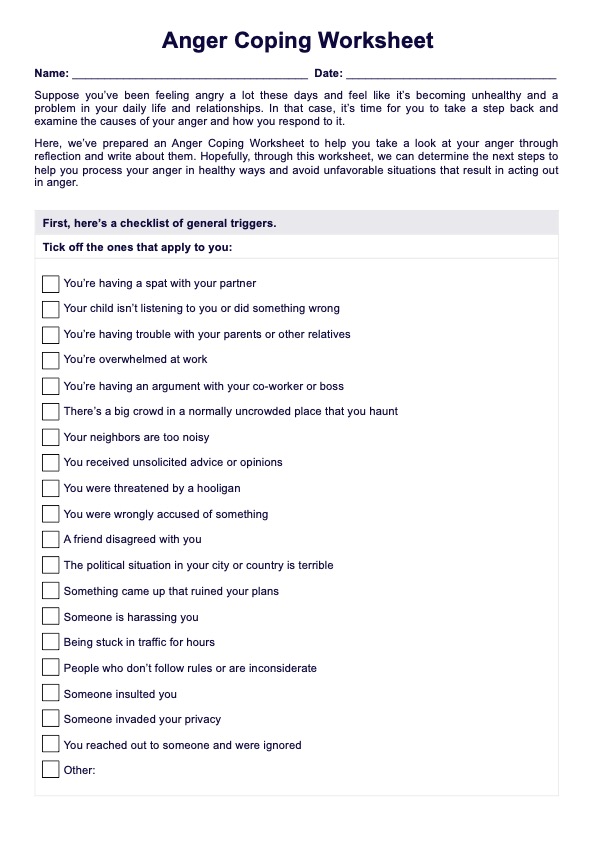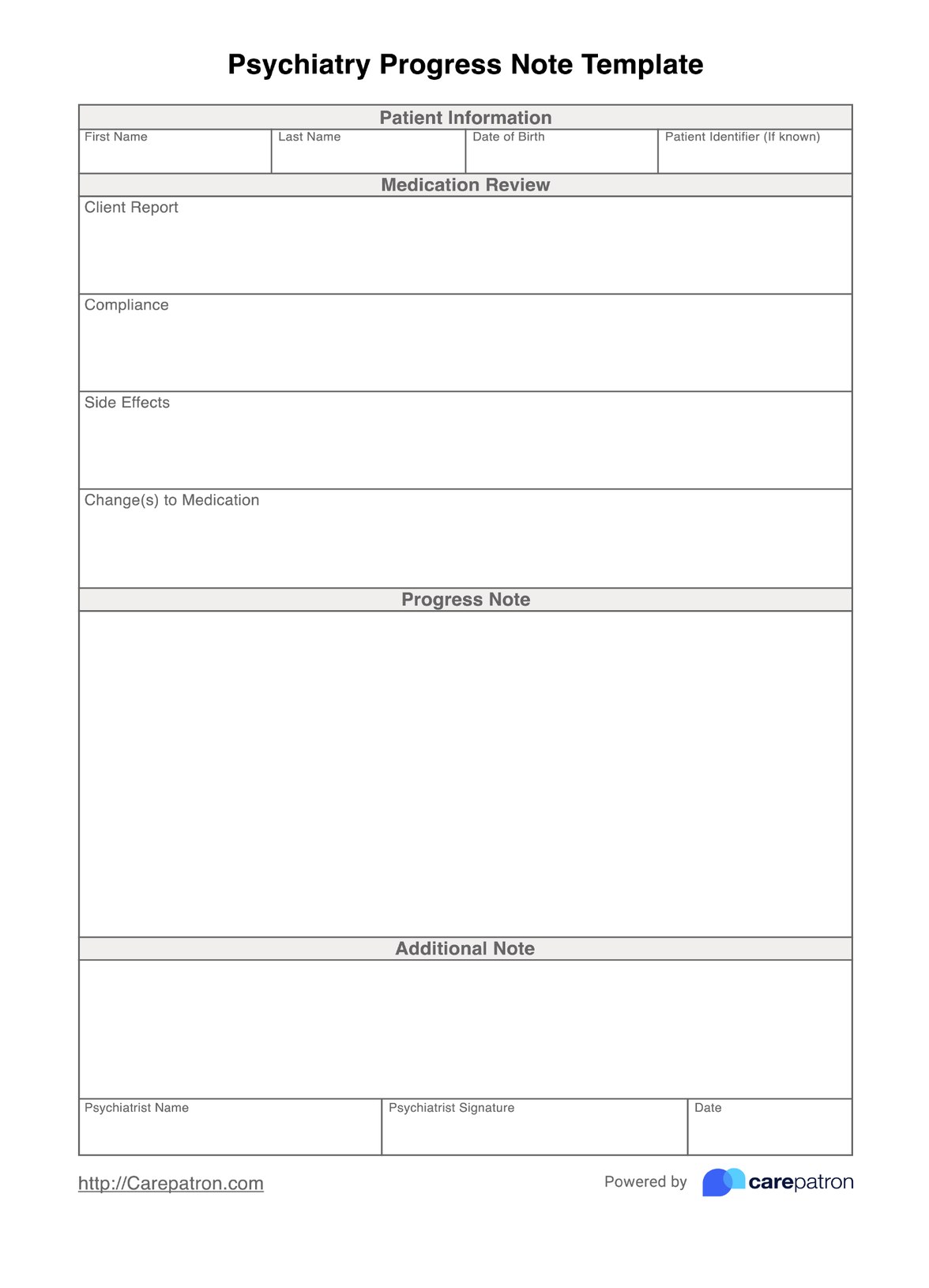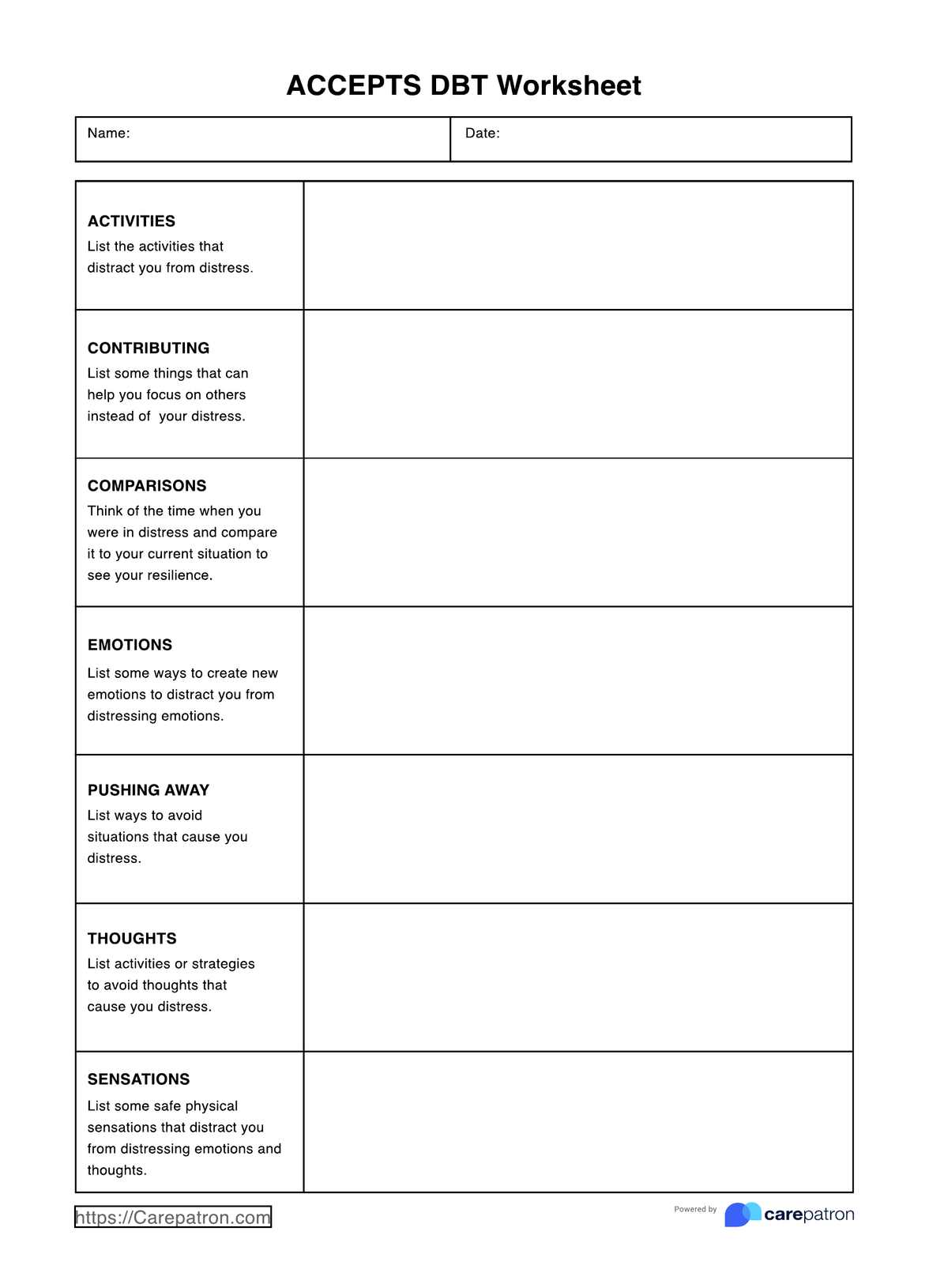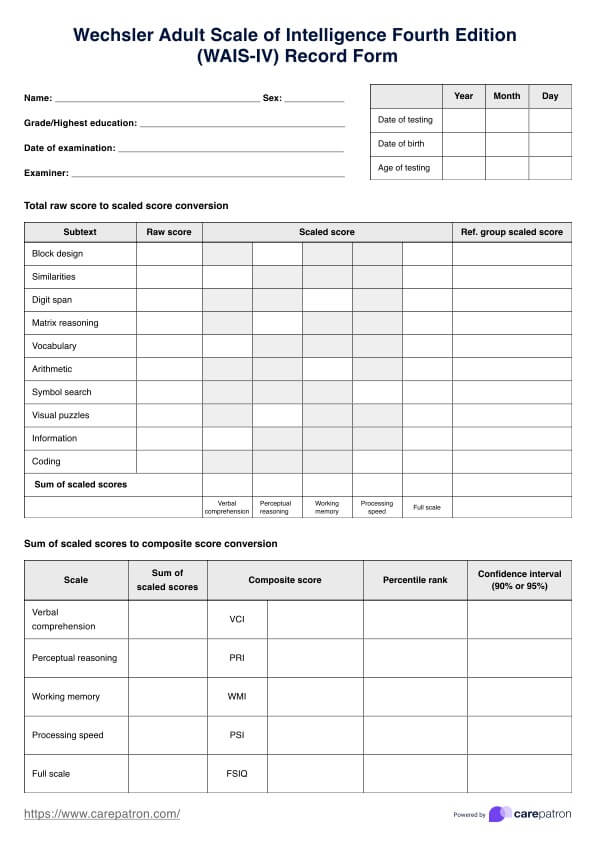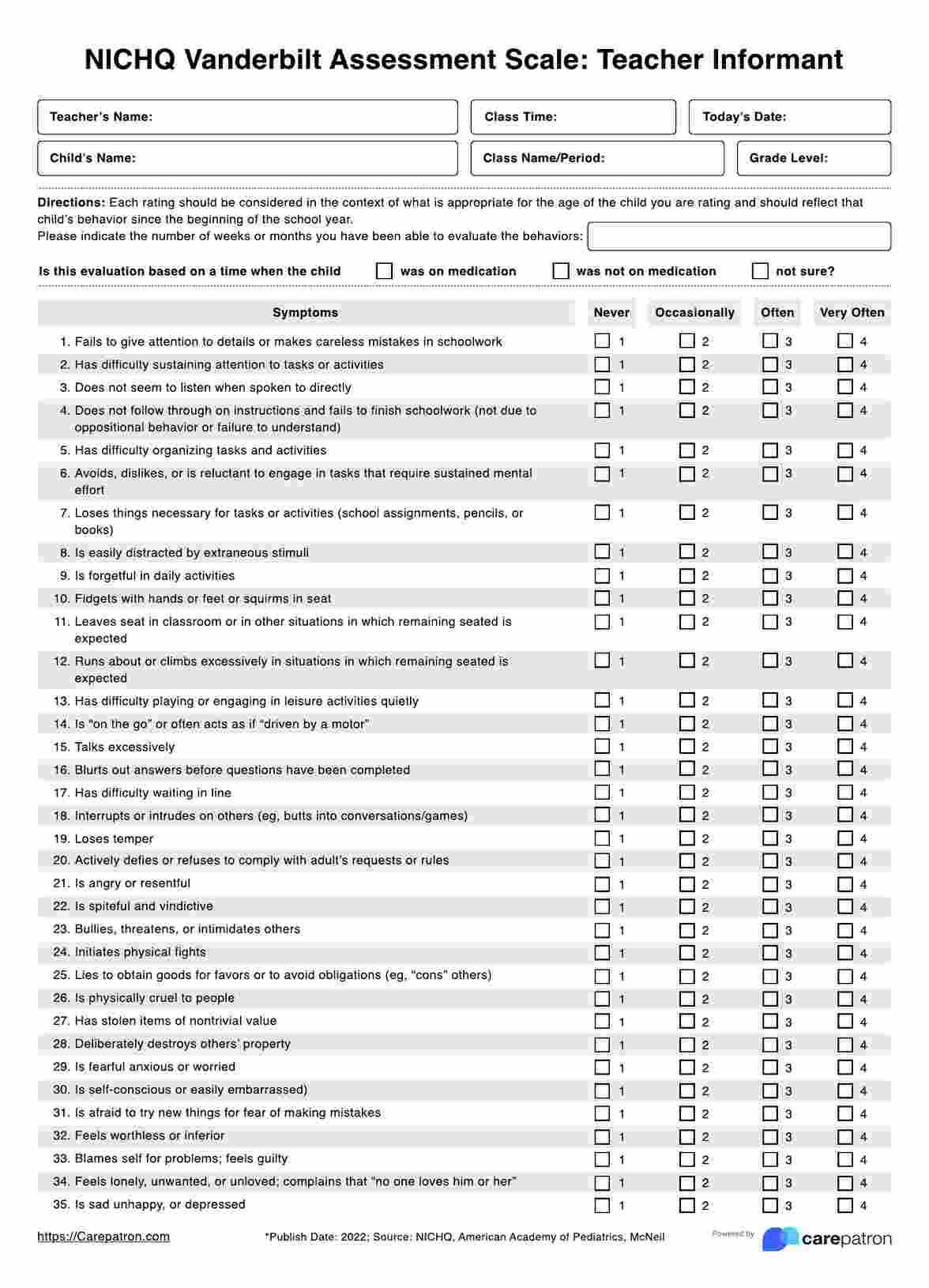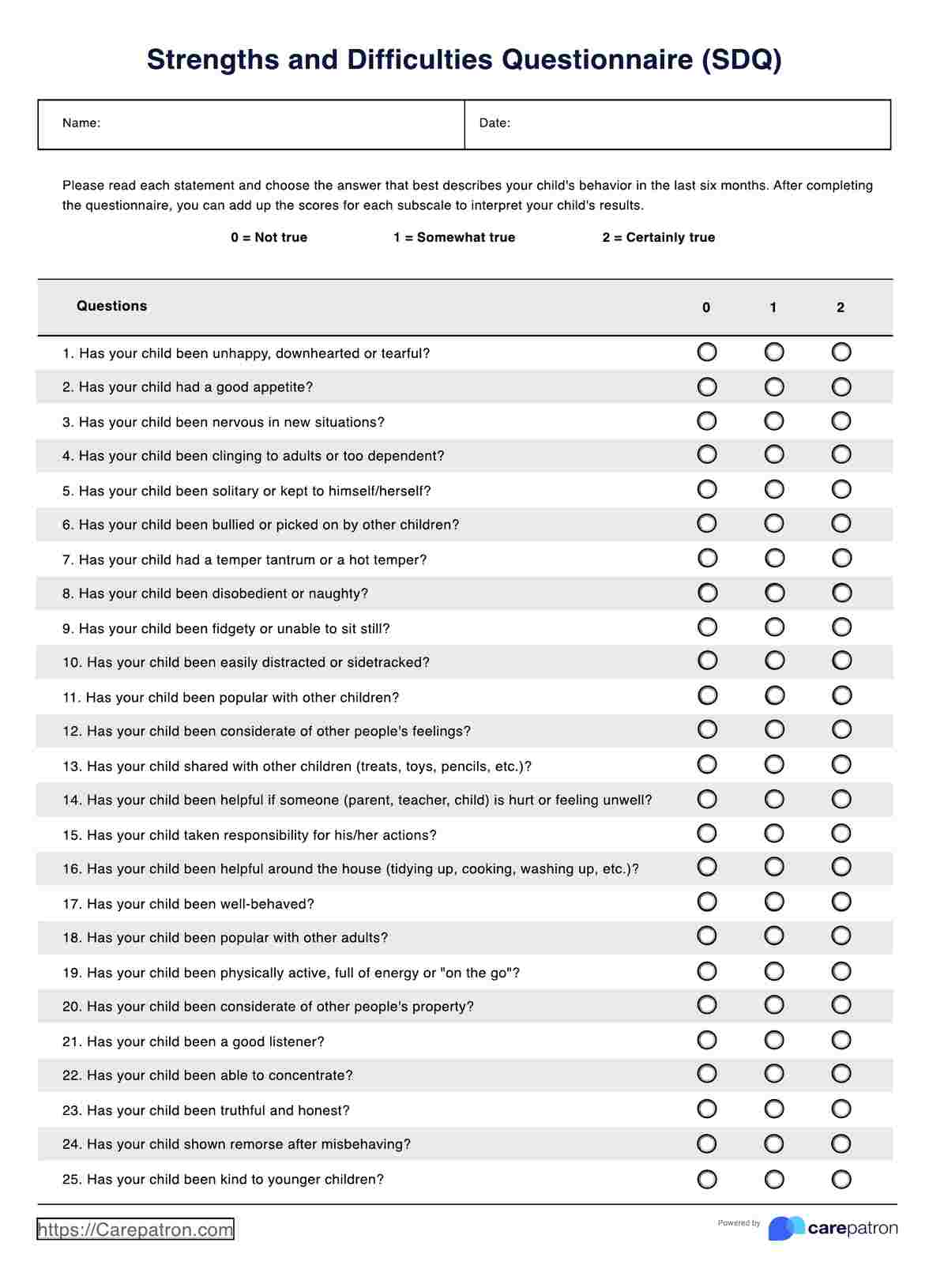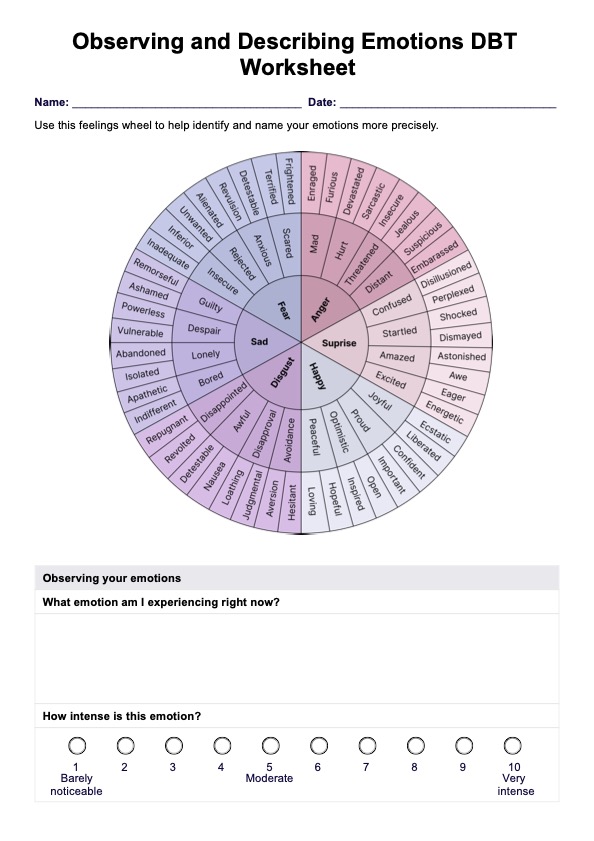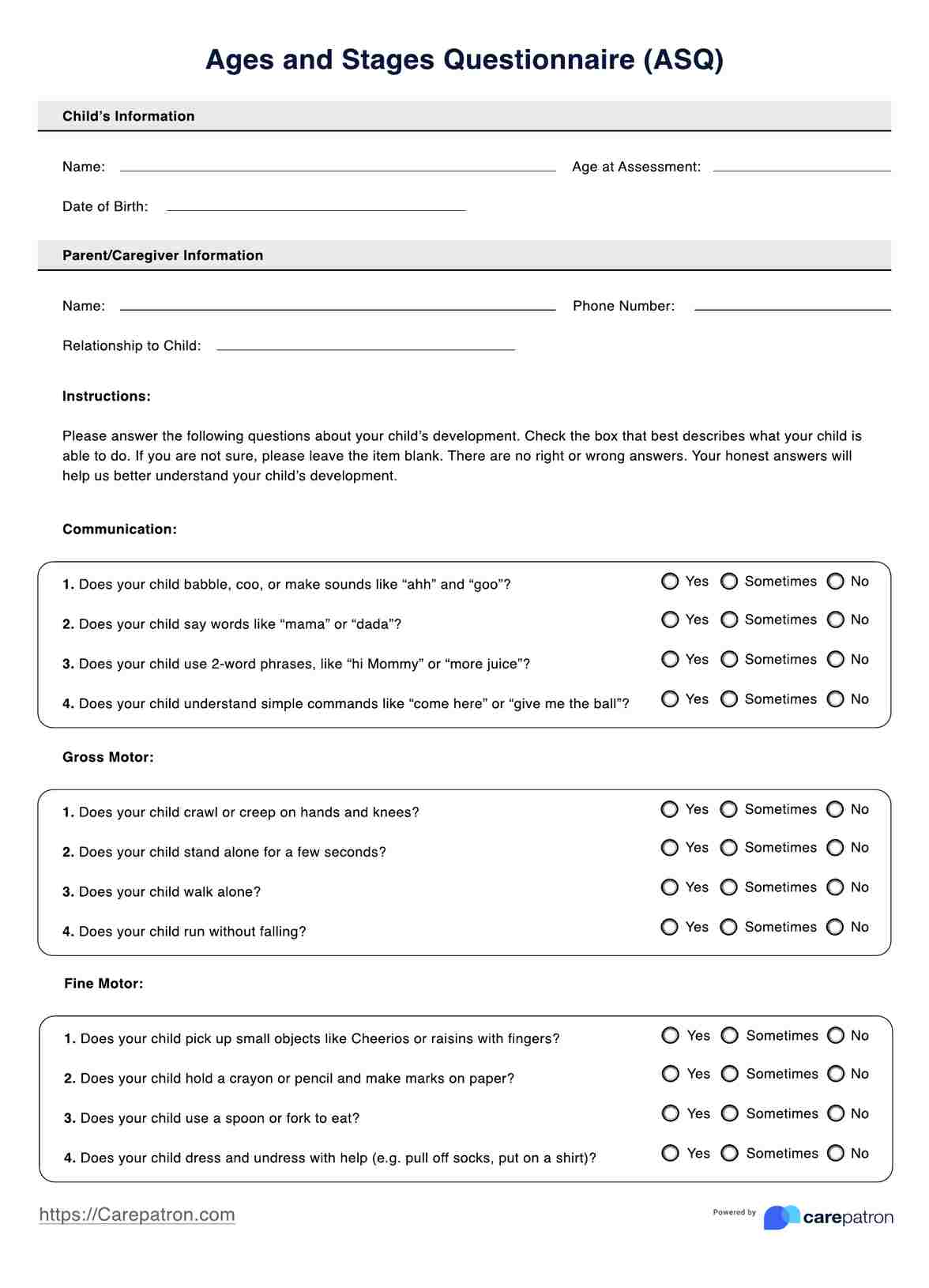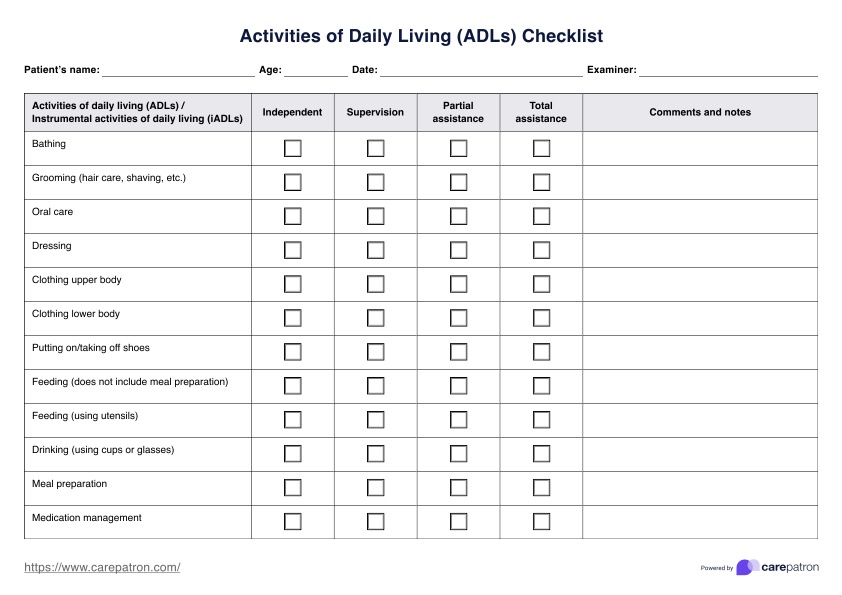Personification Worksheets
Develop your learners' skills and understanding of figurative language with our Personification Worksheets. Download our free PDF and learn with us now!


What is a Personification Worksheet?
We often use figurative language to enrich the impact and texture of our literary works. By harnessing the power of these literary devices, we captivate our audiences, convey meaningful ideas, and leave a lasting impression.
Among the many figurative language devices that we use is the personification. It is a literary device that gives human qualities or characteristics to non-human objects or concepts. For example, “the trees are dancing with the winds.” In this sentence, the trees are personified by giving them the human quality of “dancing.” This technique helps create vivid imagery in literature, making it easier for readers to understand the non-human elements in a literary piece.
Teaching the use of personification to learners helps them enhance the quality of their written works. For some educators handling learners in primary education, it may seem challenging without the necessary resources.
A is a vital resource incorporated into English or creative writing classes to help learners understand personification. These worksheets include exercises and activities that involve identifying, creating, and analyzing instances of personification in literature.
If we want to raise great writers, we start teaching them young. By giving them the necessary resources that aid in their learning, we are allowing their minds to grow and prosper. As educators, parents, or anyone passionate about education, we want to give the best learning experiences to our learners. Resources like personification worksheets can help us in this endeavor.
Personification Worksheets Template
Personification Worksheets Example
How to use the Personification Worksheet:
Personification worksheets are valuable tools for educators, parents, tutors, or relevant professionals to evaluate the learner’s understanding of personification. These resources also help learners develop skills in recognizing, using, and analyzing personification in literature or their writing. Here is a guide on how to effectively use this tool:
1. Download a copy
Secure your copy of personification worksheets from the Carepatron website. These are usually free and printable resources accessible to educators, parents, or others.
2. Familiarize yourself with the worksheet
Skim through the worksheet and familiarize yourself with its structure and instructions.
3. Introduce the worksheet to your learners
Give out copies to your learners and clearly instruct them on how to fill out the worksheet. Explain the purpose and the relevance of the worksheet to your lesson. Encourage them to ask if they have questions about the worksheet. Make sure to answer their queries.
4. Fill out the worksheet
This worksheet can be given as an assignment, practice, or official test. Depending on which cases, please assist your learners in filling out this worksheet.
5. Collect and check
Once your learners have completed the worksheets, collect and check them. Learners learn best from feedback. Provide feedback on the worksheets and let them know how they can improve.
6. Give back the worksheets to your learners
When you check the worksheets, return them to your learners. Let them know where they did well and which aspects they need to improve. Affirm your learners for giving their best in completing the worksheet. It may also help if you give them a one-on-one consultation.
When would you use this Form?
Personification worksheets are versatile tools that you can use in a wide range of settings. These tools can be utilized by education professionals, parents, or anyone involved in teaching.
Teachers and tutors can use this tool in educational settings for various purposes. For instance, it can be given as a practice test worksheet to assess the learner's understanding of personification. It can also be given as homework that learners can complete at home. Moreover, it can be used as a form of graded test to formally assess the learner’s understanding of the lesson before the teacher moves on to the next topic.
Parents can utilize this tool at home to help their learners learn about personification. Parent’s involvement boosts their children’s learning capacity. When parents take an active role in their children's education, children feel more supported, thus enhancing their overall academic performance. Apart from that, when parents show support by providing the necessary resources and support needed by their children, they allow their children to achieve their most significant potential.
This worksheet can be a supplementary resource to assist participants' learning in volunteering settings, especially for causes targeted at children and adolescents. When participants see their volunteer educators exert efforts for them, they also get motivated to participate in the learning process.
These worksheets are valuable tools that can be utilized and adapted for different settings and purposes.
Benefits
Personification worksheets offer numerous advantages to their users. Professionals and non-professionals who are involved in teaching can benefit from these resources. Here are some of the critical benefits of these worksheets that you should look out for:
Accessible
Personification worksheets are accessible and can be downloaded from the Carepatron website. These are free resources, offering a cost-effective option for educators and parents.
Easy to Use
Since these are designed to be used by learners, these worksheets are developed with straightforward instructions and vary depending on the target learner. For younger learners, much simpler instructions are provided. This makes it easy for educators and parents to use these resources because they do not have to spend so much time simplifying the instructions. Learners do not have to struggle to understand the instructions because they are written in their language.
Adaptable
These customizable resources can be adapted to different learners depending on their needs. This can be personalized, incorporating artistic approaches and colors to catch the attention of much younger learners.
Enhanced Skills
Since these worksheets are targeted to help learners practice and develop their understanding and skills in using personification, continuous use leads to an enhanced understanding of the literary device.
Collaborative Learning
These worksheets encourage collaborative learning between learners and educators or learners and parents. Collaborative learning is a practical approach to helping learners grasp complex concepts or topics. This learning strategy fosters trust and support, motivating learners to study more.
Research and Evidence
Incorporating worksheets into educational practices has boosted the learners’ performance and achievements. Substantial research has demonstrated the effectiveness of this technique in aiding educators and parents in teaching necessary knowledge and skills to learners.
Donnelly (2015) investigated the use of various art forms, including worksheets, in enhancing the learners’ understanding of poetry. Worksheets present excerpts from literature and prompt learners to identify and label figures of speech, including personification. The results demonstrate the potential benefits of incorporating worksheets and other artistic materials in teaching literature and poetry.
Worksheets are also helpful in developing learners’ skills in analyzing literary devices, including personification. In their book, “Response & Analysis, Teaching Literature in Secondary Schools (Second Edition),” Probst and Rief (2017) discussed different methods of teaching literature, including the use of worksheets. Worksheets guide learners in analyzing literary texts, including using literary devices like personification.
More than that, beyond learning personification, worksheets encourage learners’ critical thinking, as shown in the older publication by Paul and Elder (2006). Worksheets incorporate practice tests encouraging learners to engage in discussions and critically analyze literature. This, in turn, fosters higher-order thinking skills necessary for the lifelong growth of learners.
All of these show the value of worksheets, like personification worksheets, in the overall education of learners. By maximizing our resources, we can also maximize their growth.
References
- Donnelly, M. (2015). Investigating the impact of integrating the arts into the teaching of poetry. Research in Teaching English, 49(4), 376-399.
- Paul, R., & Elder, L. (2006). Critical thinking: The nature of critical and creative thought. Journal of Developmental Education, 30(2), 34-35.
- Personification worksheets: Figurative Language Activities. Ereading Worksheets. (n.d.). https://www.ereadingworksheets.com/figurative-language/figurative-language-worksheets/personification-worksheets/
- Probst, R. E., & Rief, L. (2017). Response and analysis: Teaching literature in secondary school. Heinemann.
Commonly asked questions
Personification worksheets are valuable educational resources professionals and non-professions utilize, including primary school and secondary school teachers, tutors, parents, and volunteers.
Personification worksheets are used in educational settings to teach and reinforce the literary device of personification. They are typically employed when educators want students to practice identifying, creating, and analyzing instances of personification in literary texts, helping them develop a deeper understanding of this figurative language technique.
Personification Worksheets can help learners enhance their understanding and application of the literary device. It aids in recognizing personification in literature, promotes critical thinking, and encourages creative expression. Through practice and analysis, learners develop more vital language skills, literary comprehension, and the ability to engage with texts on a deeper level.


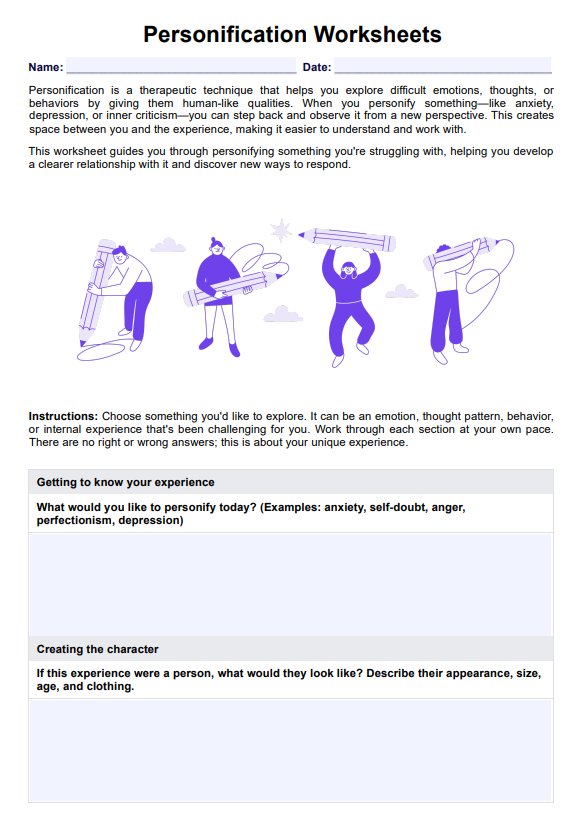
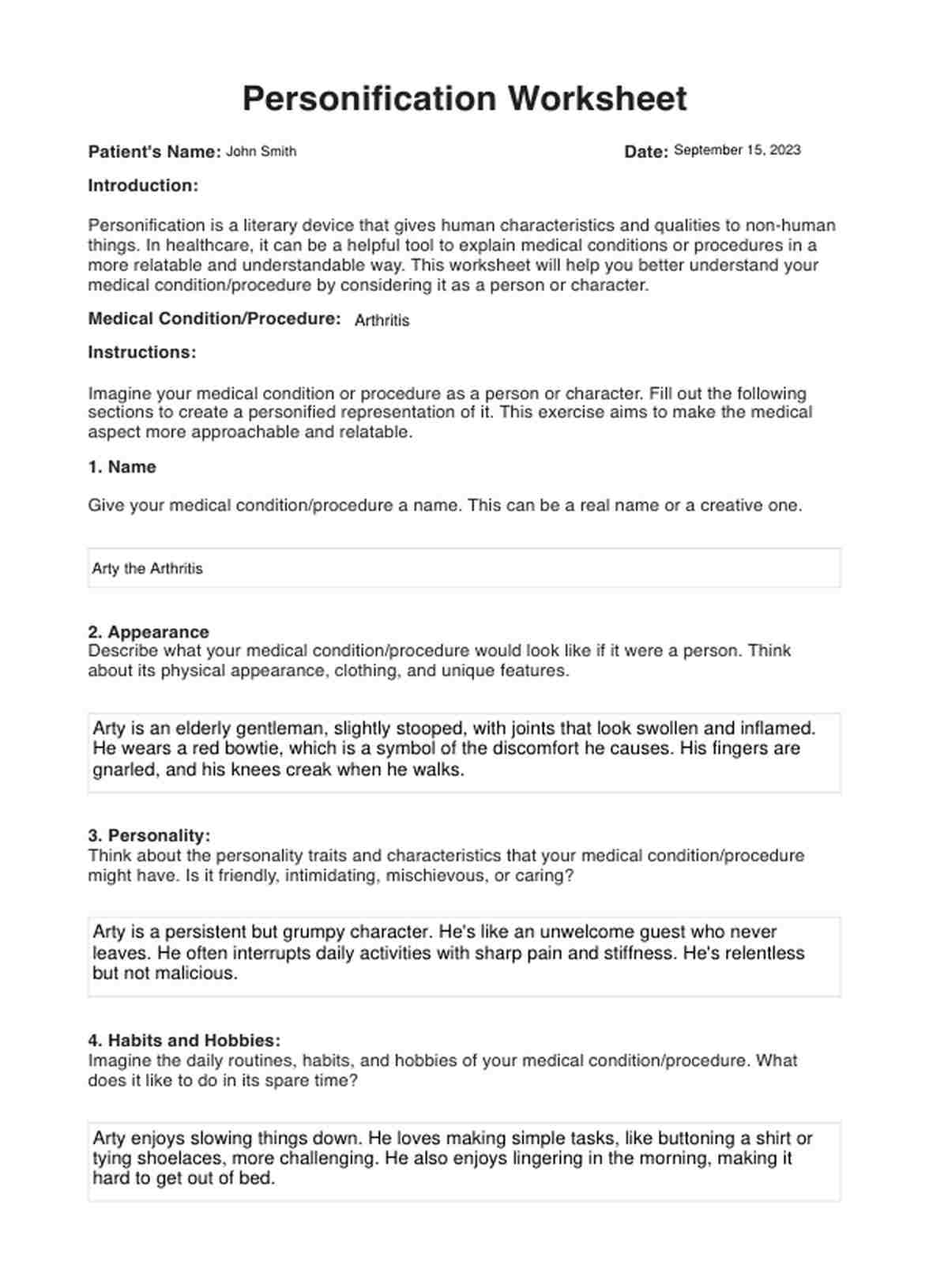













-template.jpg)























































































